Friday, 8:00am
17 April 2015
Books received #14
Design history
Graphic design
Illustration
Information design
New media
Photography
Reviews
Typography
Visual culture
An Atlas of Agendas, Communication Design, In Almost Every Picture, The Bright Labyrinth, Print is Dead. Long Live Print
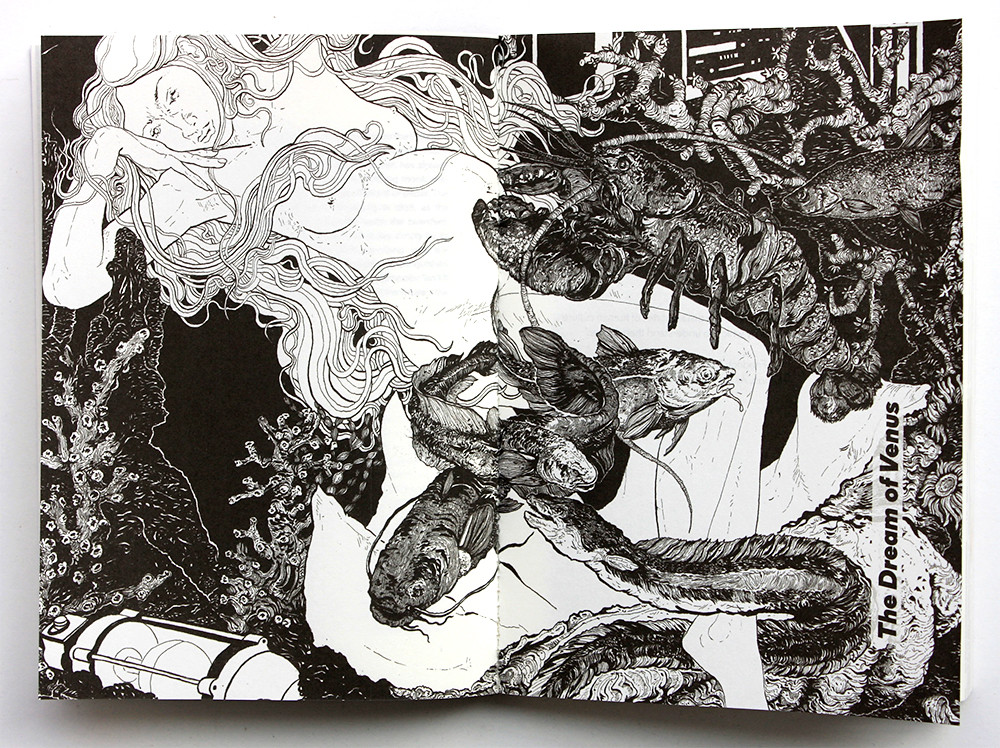
Here is a quick look at some titles that have recently arrived at Eye’s Shoreditch office.
An Atlas of Agendas is a politically and socially charged book of infographics. Freek Lomme, director of publisher Onomatopee, writes that it, ‘not only reveals the means of infographics as a visual and technical trend, but also serves our needs in an era of demand for access to reality checks.’ The book is packed with facts, maps, diagrams and graphics that benefit from historical quotes from outspoken citizens – people such as João Grabenweger, a former employee of Swiss cement asbestos manufacturer Eternit, and Alexander Robbins, a Skulls and Bones club member in Sonoma County, California – and well known public figures. An Atlas of Agendas is aimed principally at designers, artists, activists and readers with the patience to comb dense infographics for inspiration. A magnifier is supplied to help read details at tiny type sizes.
This spread from An Atlas of Agendas focuses on ‘dataesthetics’ as a tool of government propaganda.
Top: Matthew Frame, detail of Requiem for the Network: The Dream of Venus from The Bright Labyrinth by Ken Hollings.
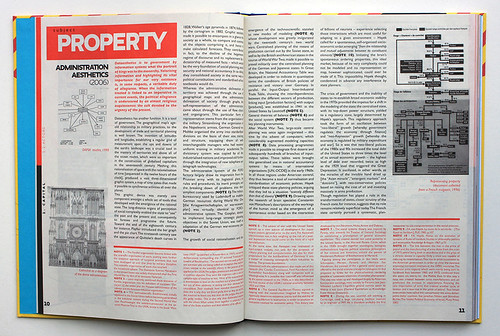
Infographic spread from An Atlas of Agendas.
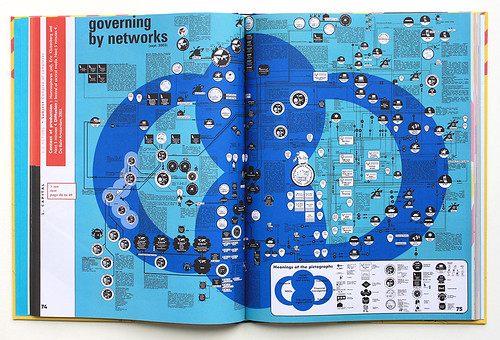
On the inside cover of An Atlas of Agendas: Mapping the Power, Mapping the Commons there is a credit card-sized plastic magnifying glass that enables the book to present large amounts of information in small print.

Bureau D’Études, An Atlas of Agendas: Mapping the Power, Mapping the Commons, Onomatopee, £32.50 / €40.
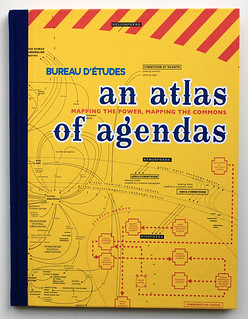
Communication Design: Insights from the Creative Industries (Bloomsbury, £29.99) by Derek Yates and Jessie Price explores design and art direction in a practical way that bridges the gap between in-class work and the professional world. Designed by Zoë Bather, the book aims to equip the reader with the multimedia sensibility required in the everchanging and overlapping fields of marketing, advertising and design.
Spread from Communication Design featuring a quotation from Stefanie Posavec.
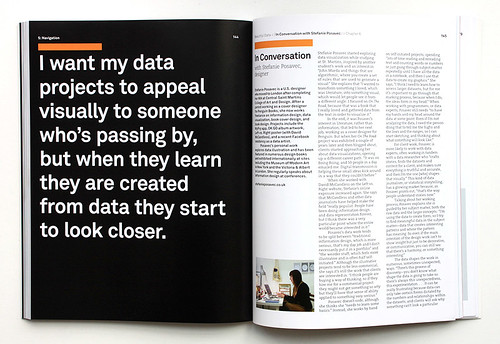
A spread from Communication Design on ‘Designer Publishers’ such as Unit Editions, Dexter Sinister and Visual Editions. See ‘Space for stories’ in Eye 87.
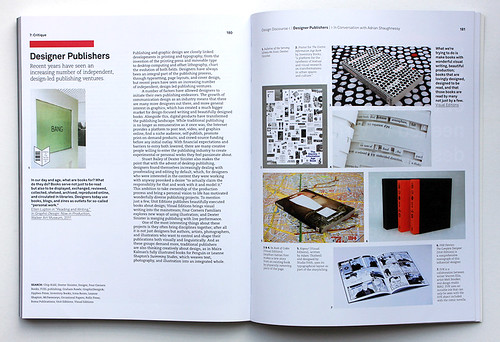
The cover of Communication Design, a textbook that bridges the gaps between marketing, advertising, and design.
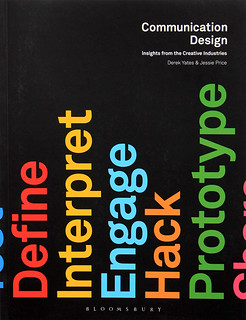
In Almost Every Picture no. 14, (KesselsKramer Publishing, €25) edited and designed by Erik Kessels, features dozens of Polaroid photos taken at the beach, a collection discovered by photographer Toon Michiels. Each photo has a large circle of the same dimensions cut out of it which leave the subject matter rather ambiguous. The approach encourages viewers to fill in the blanks themselves like ‘a Polaroid Rorschach Test … images that say more about us as viewers than their creator.’
This Polaroid from In Almost Every Picture no. 14 leaves enough to make out a man lounging on the sand. His surroundings, including the subjects whose shadows are in the foreground are omitted.
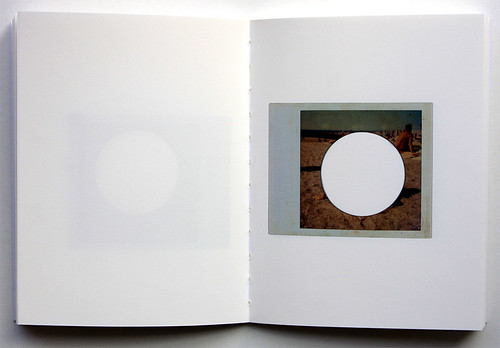
Cover of the fourteenth edition of In Almost Every Picture, the found photography series edited and designed by Erik Kessels.
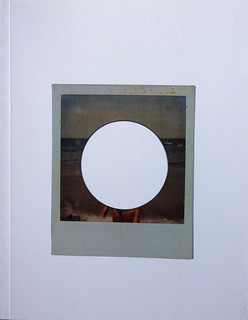
Ken Hollings’ The Bright Labyrinth: Sex, Death and Design in the Digital Regime (Strange Attractor Press, £14.99) takes ‘one great thinker from the nineteenth [century, Friedrich Nietzsche] to watch over’ his exploration of the digital revolution and ‘Digital Regime’ – philosophers such as Walter Benjamin, Marshall McLuhan, Gilles Deleuze and Theodor Adorno are cited throughout. The book is written and designed (by Rathna Ramanathan) in such a way that it can be read sequentially or tangentially; numbers in the margins allow a reader to jump to another section of the book which continues on from the same subject, concept, place or platform – section 29 in the chapter ‘Towards a Sexual History of Machines’ mentions Thomas Edison’s phonograph and offers the opportunity to jump to section 43 which again, mentions Edison.
This fascinating and challenging ‘history book … a projection of the present into the past’, as Hollings describes, does not attempt to ‘keep abreast of each new development of the Digital Regime but to collect good precedents for nodal points or link to what might be coming.’ Hollings writes in The Bright Labyrinth’s introduction: ‘As platforms shift into one another and design becomes more about the manipulation of sound and vision, language and movement, the standard disciplines and techniques blur together – form becomes little more than a confine, restrictive and anachronistic.’
Spread from Ken Hollings’ The Bright Labyrinth. Book design and typography: Rathna Ramanathan.
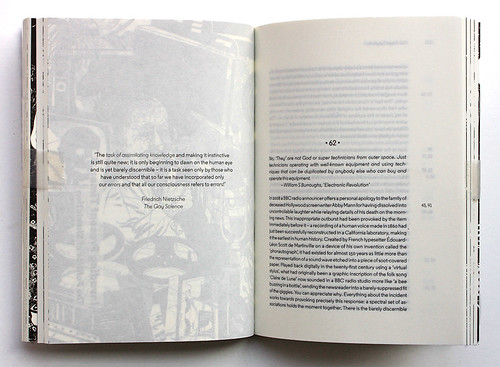
Towards a Sexual History of Machines / Experimental Cognition by Matthew Frame, a detail of which is used for the chapter opener of ‘Towards a Sexual History of Machines’.
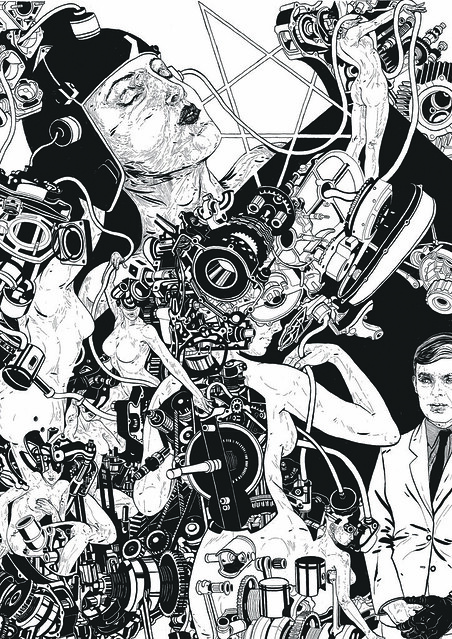
Cover of The Bright Labyrinth.
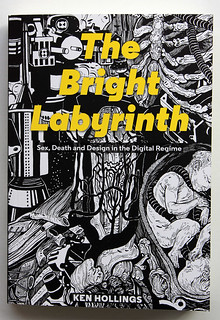
Print is Dead. Long Live Print (Prestel, £29.99) by Ruth Jamieson, offers hope for the print medium and surveys a dynamic collection of independent publications such as Little White Lies, The Travel Almanac
The Gourmand (see ‘Raw like sushi’ in Eye 87). Divided by genre – including style, sports, art, culture, and design – the book showcases the paradox between the death of former giants, such as Spin and Cosmo Girl, and the renaissance of tightly curated indies, such as football magazine The Green Soccer Journal and counter culture magazine POSTR.
A spread from Print is Dead. Long Live Print featuring indie arts and culture magazine Timothy McSweeney’s Quarterly Concern, among many others.
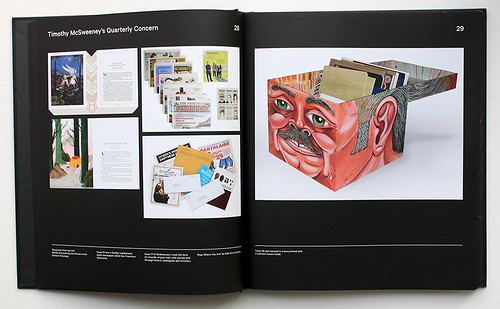
Spread showing men’s style magazine Jocks and Nerds.
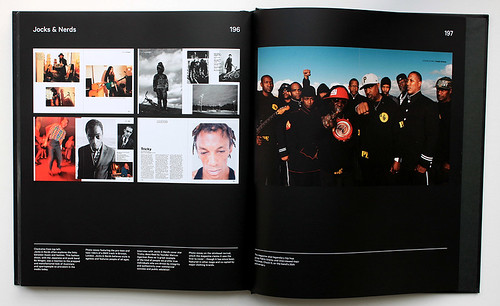
Cover of Print is Dead. Long Live Print.
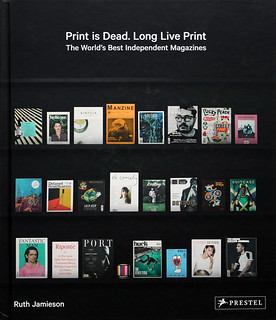
Eye is the world’s most beautiful and collectable graphic design journal, published quarterly for professional designers, students and anyone interested in critical, informed writing about graphic design and visual culture. It is available from all good design bookshops and online at the Eye shop, where you can buy subscriptions and single issues.
